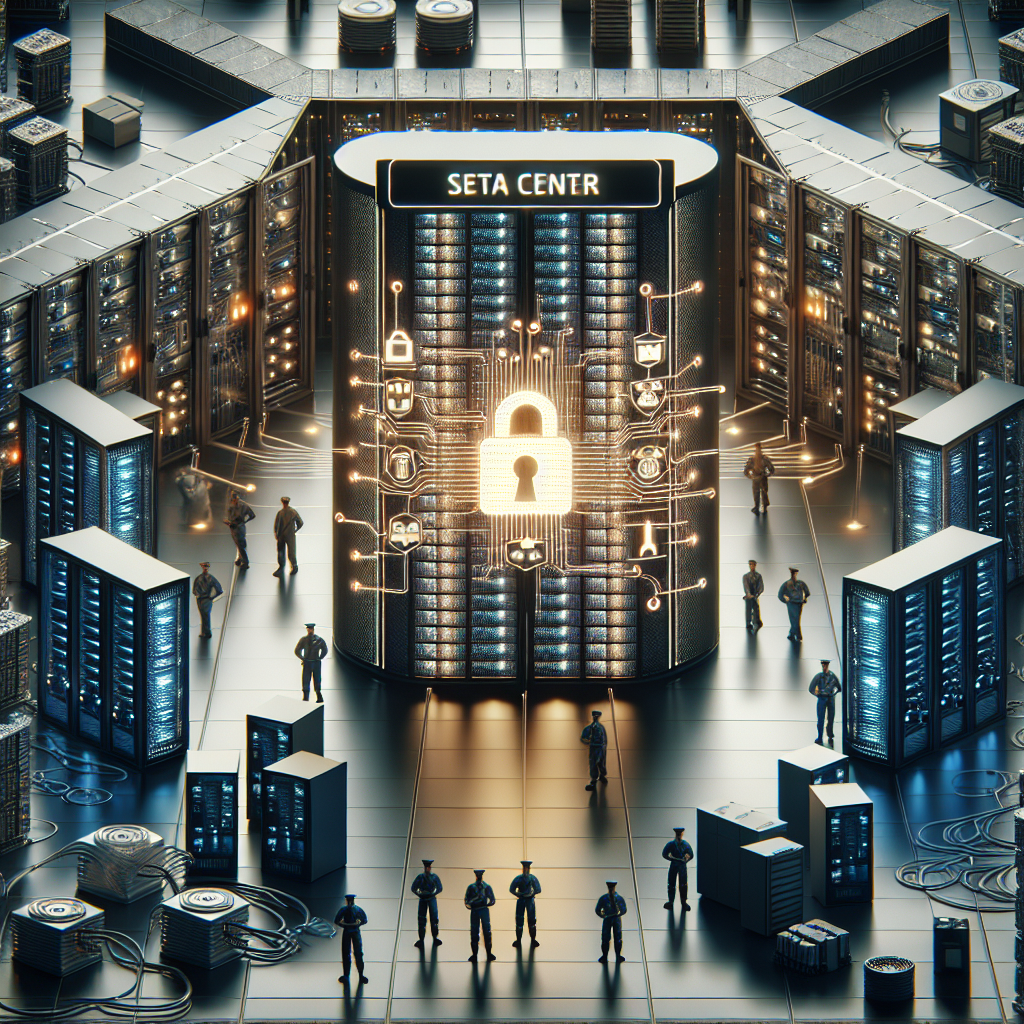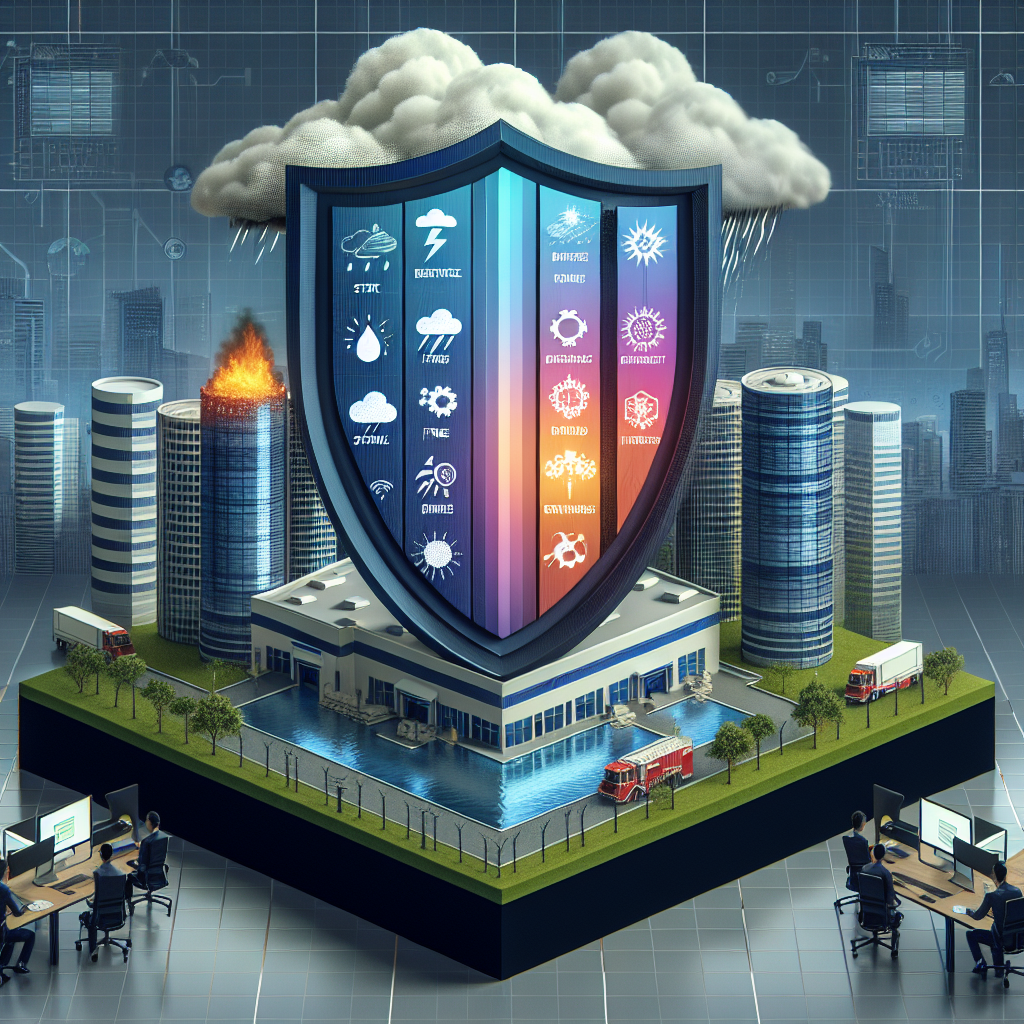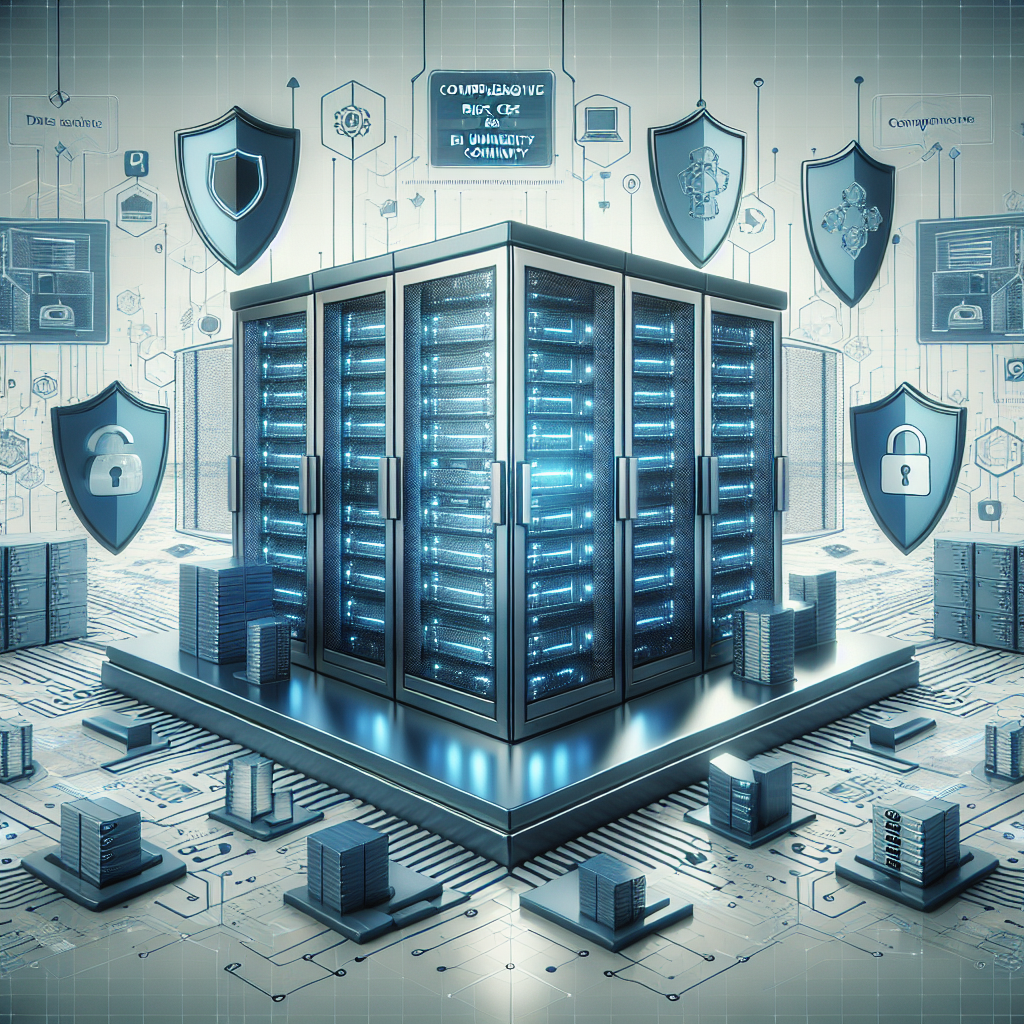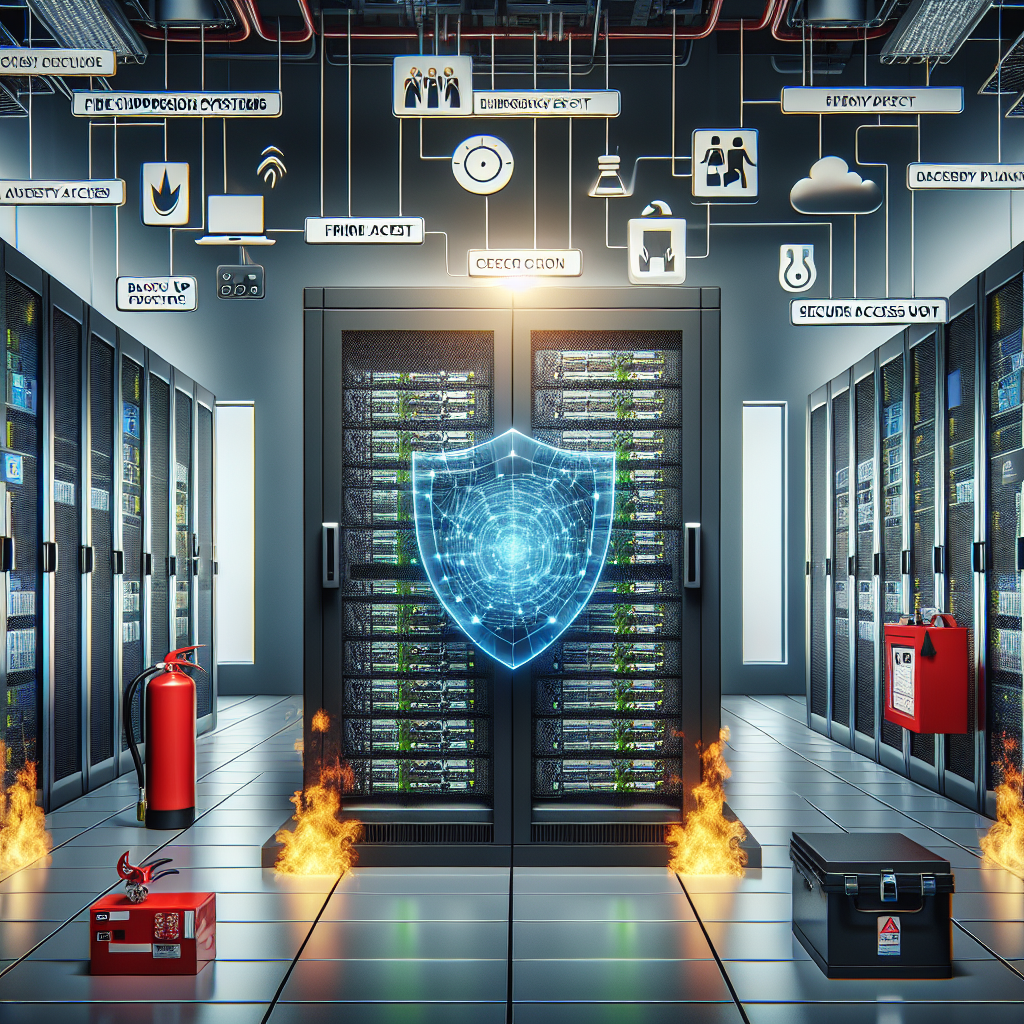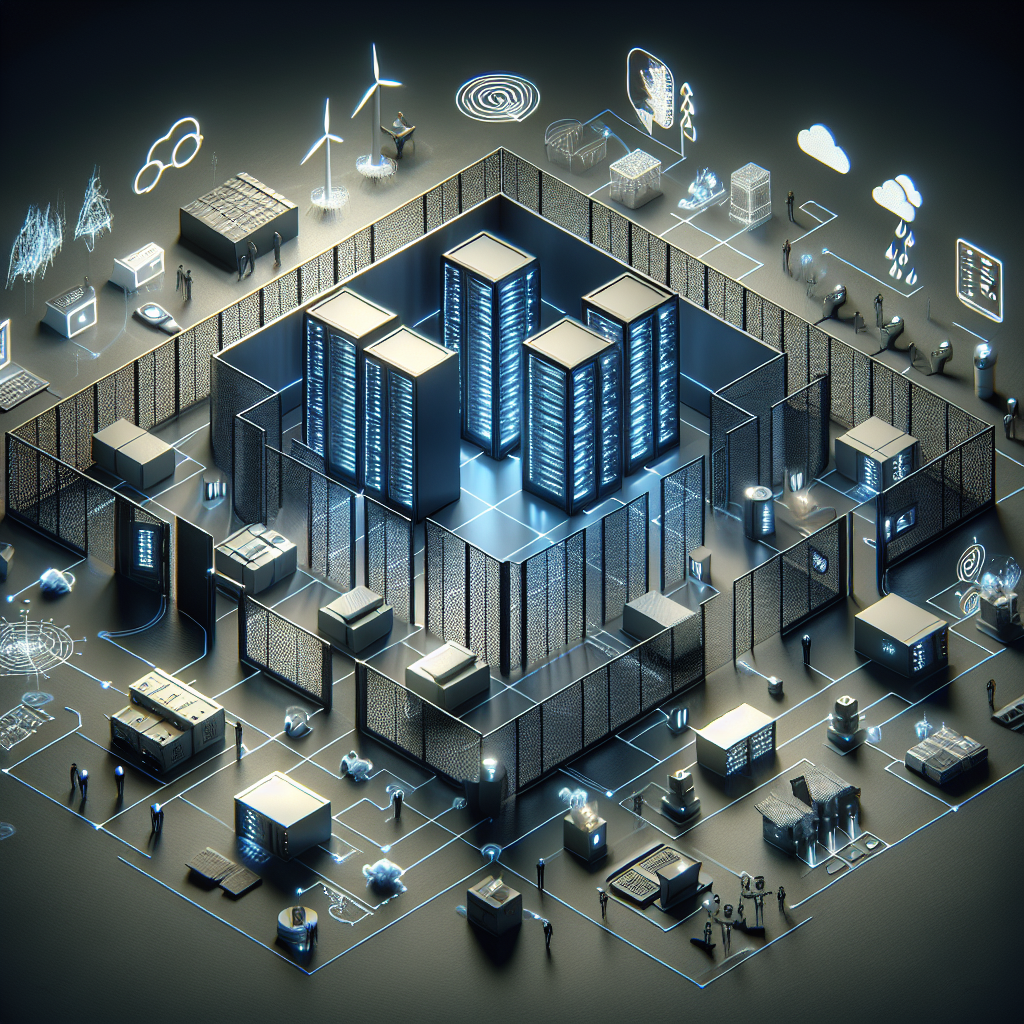In today’s rapidly evolving digital landscape, data centers are the backbone of organizations’ operations. As the volume of data being generated and stored continues to grow exponentially, it is crucial for businesses to ensure the resilience and security of their data center operations. A data center outage or breach can have devastating consequences, leading to significant financial losses, damage to reputation, and even legal implications.
Building resilience in data center operations involves implementing robust strategies and best practices to safeguard against potential threats and disruptions. Here are some key steps that organizations can take to protect their data center operations:
1. Conduct a comprehensive risk assessment: Before implementing any resilience measures, it is essential to conduct a thorough risk assessment to identify potential vulnerabilities and threats to the data center. This can help organizations prioritize their efforts and allocate resources effectively.
2. Implement a multi-layered security approach: Data centers should have multiple layers of security in place to protect against both physical and cyber threats. This includes measures such as access controls, encryption, firewalls, and intrusion detection systems.
3. Regularly update and patch systems: Keeping all software and systems up to date with the latest security patches is crucial for protecting against known vulnerabilities. Regularly monitoring for and addressing security updates can help prevent attacks and breaches.
4. Backup and disaster recovery planning: Data centers should have robust backup and disaster recovery plans in place to ensure that data can be quickly restored in the event of an outage or breach. Regularly testing these plans is also essential to ensure their effectiveness.
5. Monitoring and alerting: Implementing a monitoring and alerting system can help organizations quickly identify and respond to potential issues in the data center. This can help minimize downtime and mitigate the impact of disruptions.
6. Training and awareness: Employees play a key role in safeguarding data center operations, so it is important to provide training on security best practices and raise awareness about potential threats. Regular security awareness training can help prevent human errors that could compromise the data center.
7. Regular audits and assessments: Conducting regular audits and assessments of data center operations can help identify any weaknesses or areas for improvement. This can help organizations continuously enhance their resilience measures and stay ahead of evolving threats.
By implementing these best practices and building resilience in their data center operations, organizations can better protect their critical data and ensure the continuity of their business operations. Investing in robust security measures and staying proactive in monitoring and managing risks can help safeguard against potential threats and disruptions in today’s digital world.
